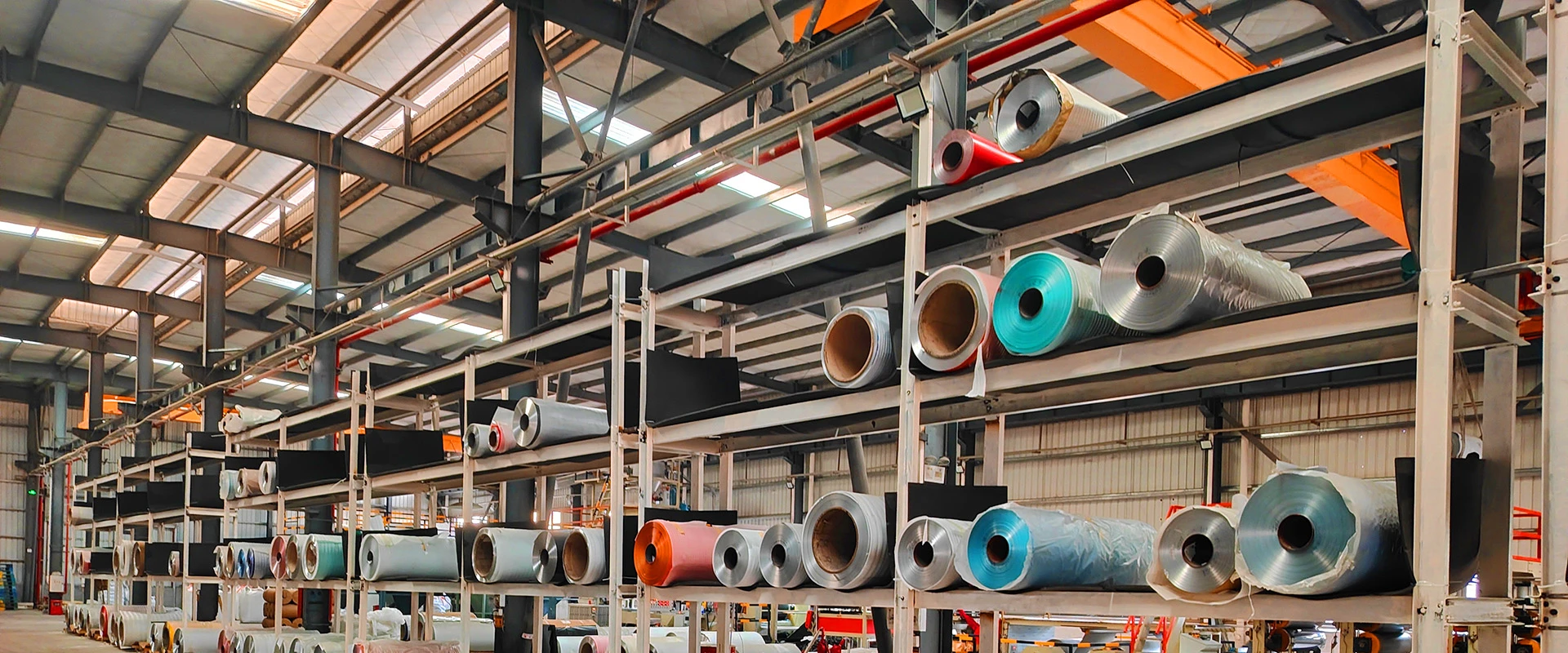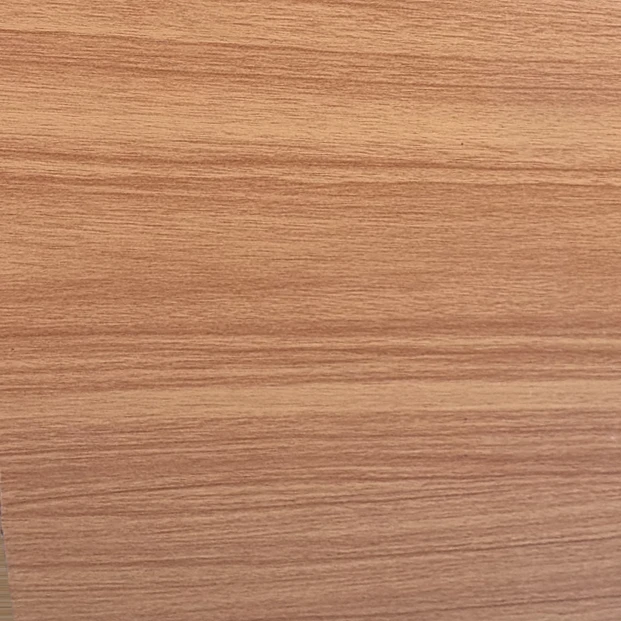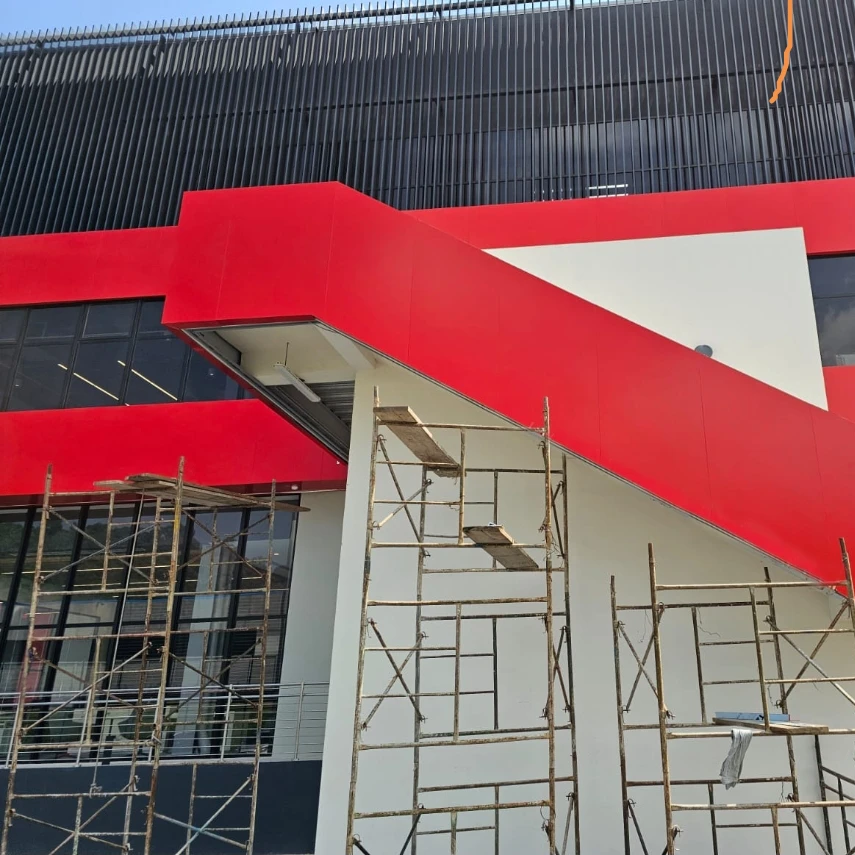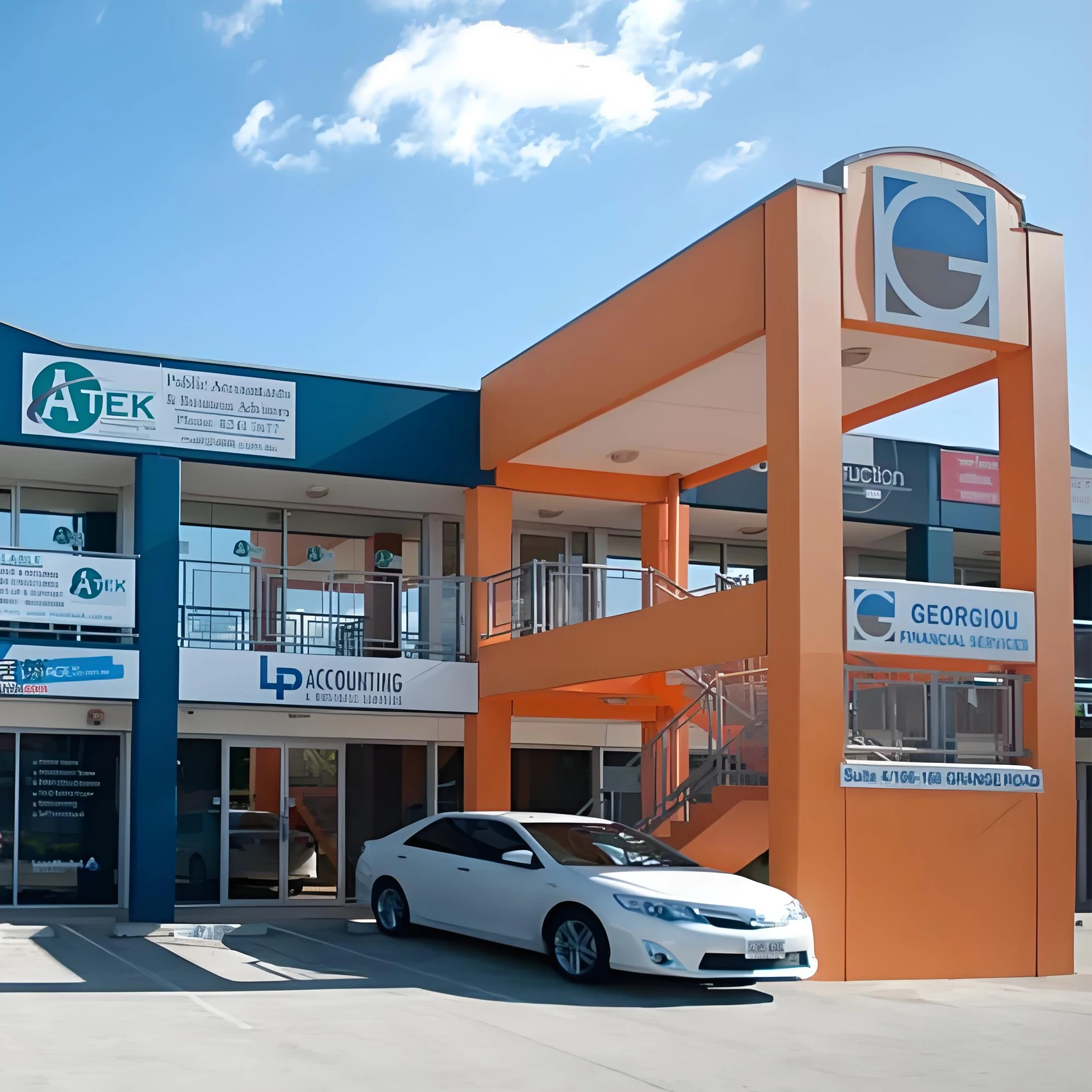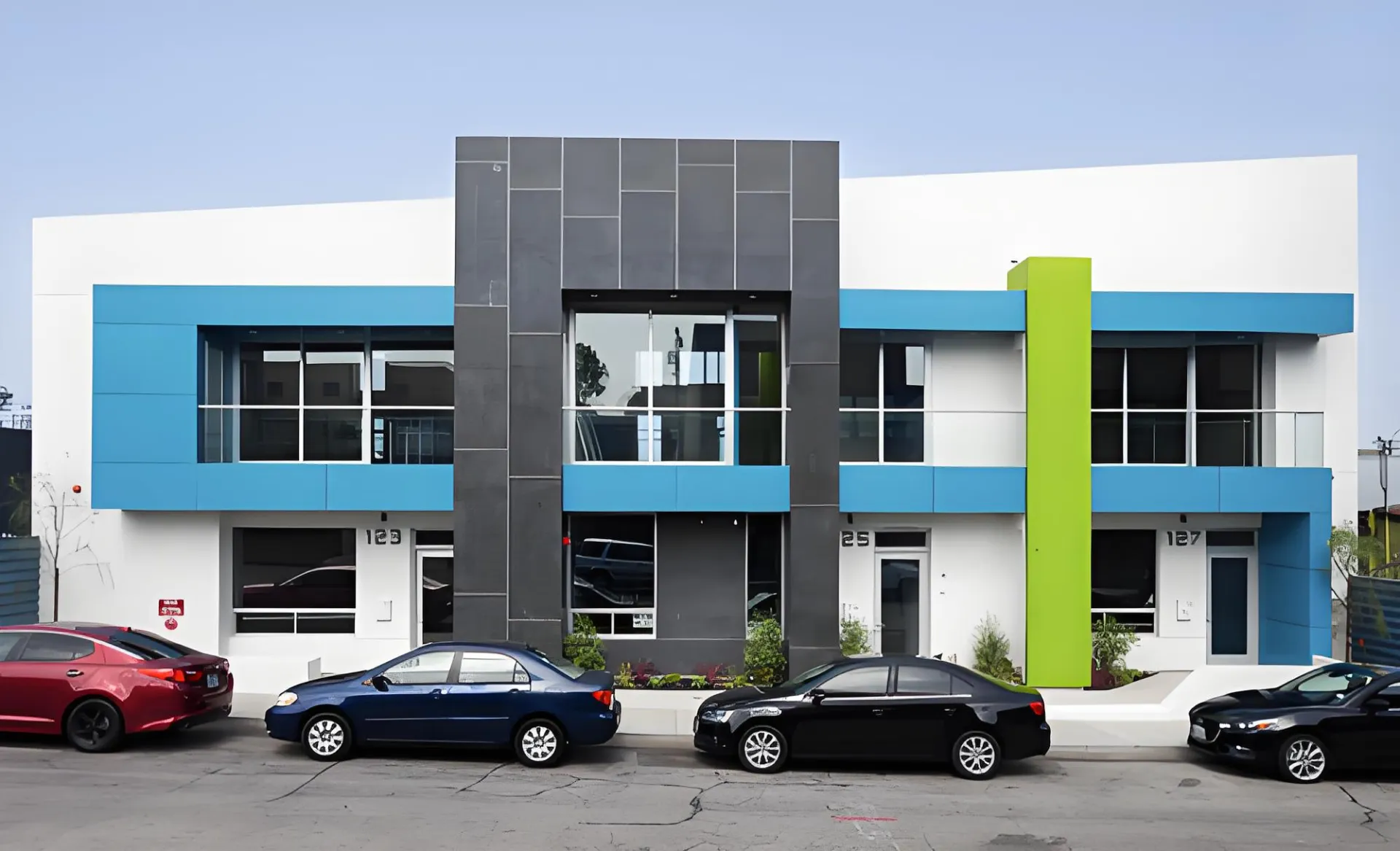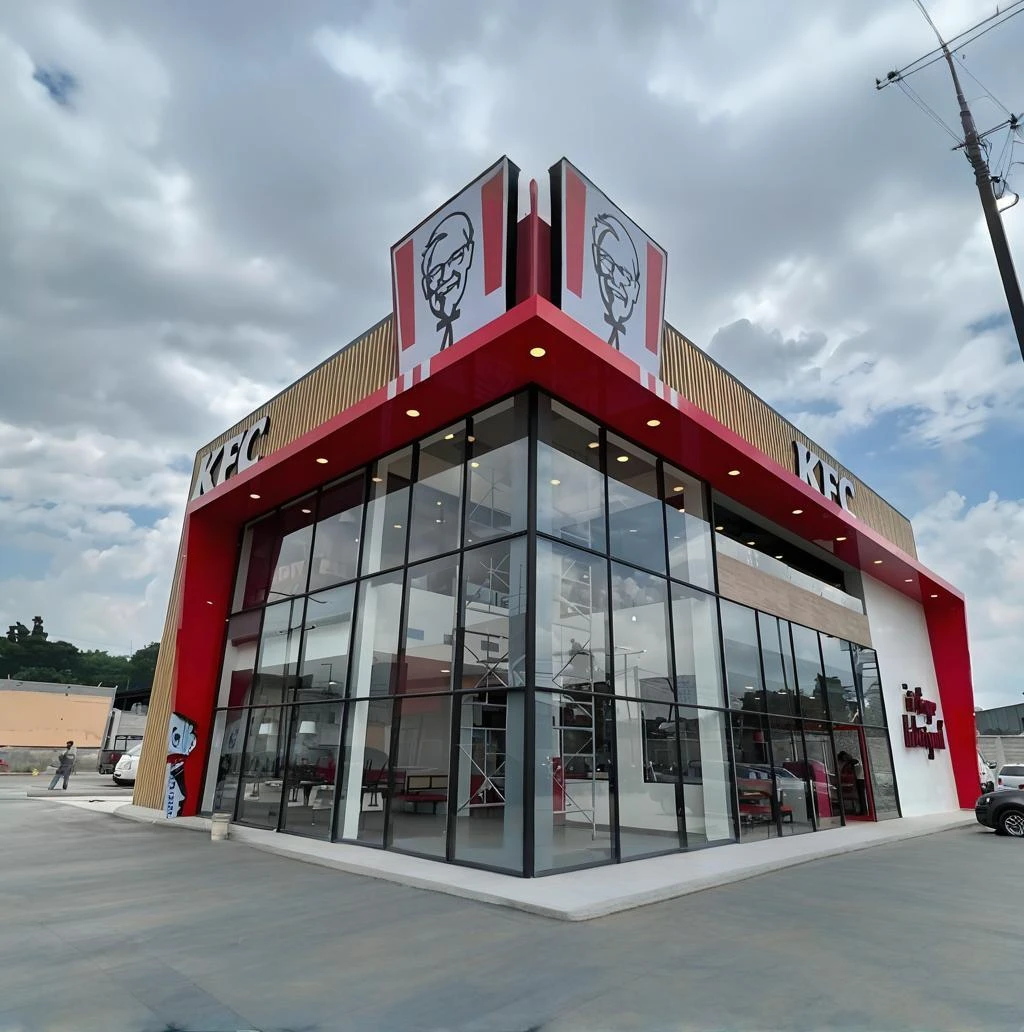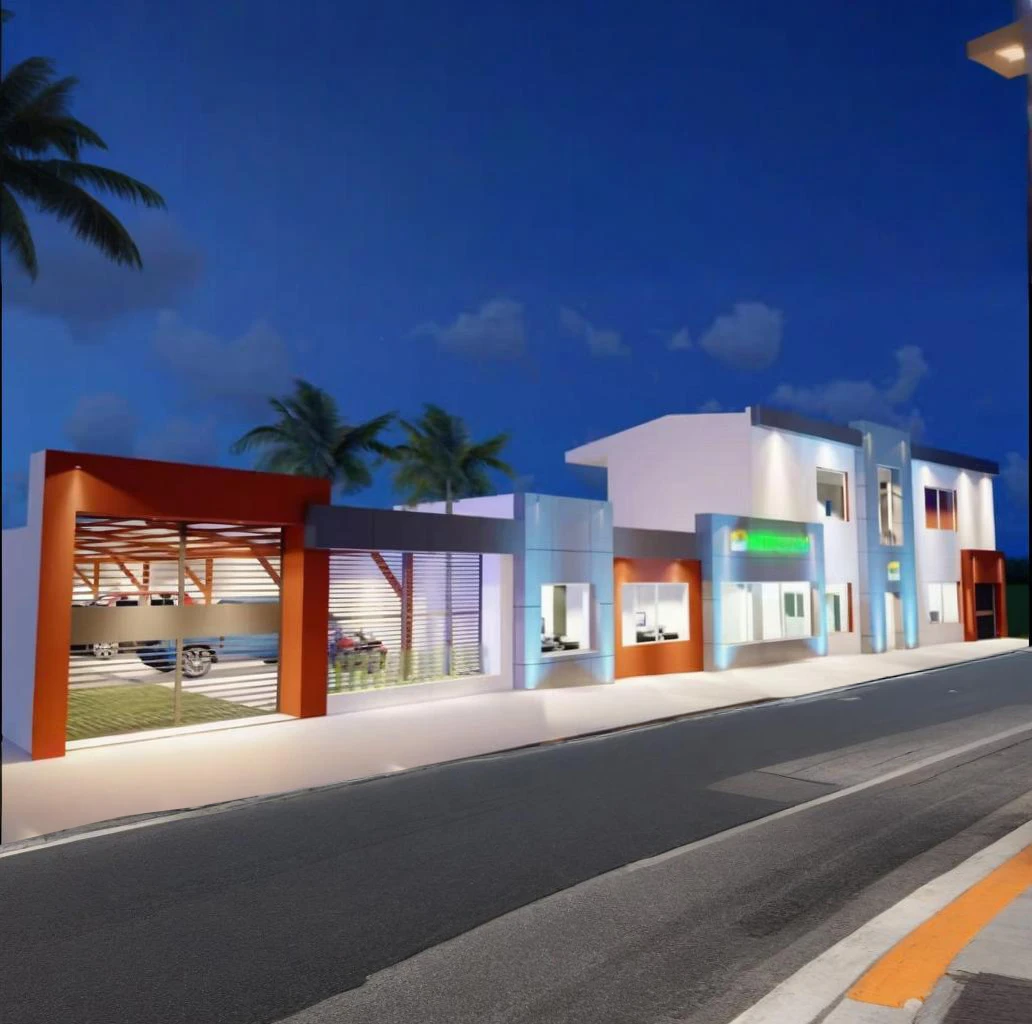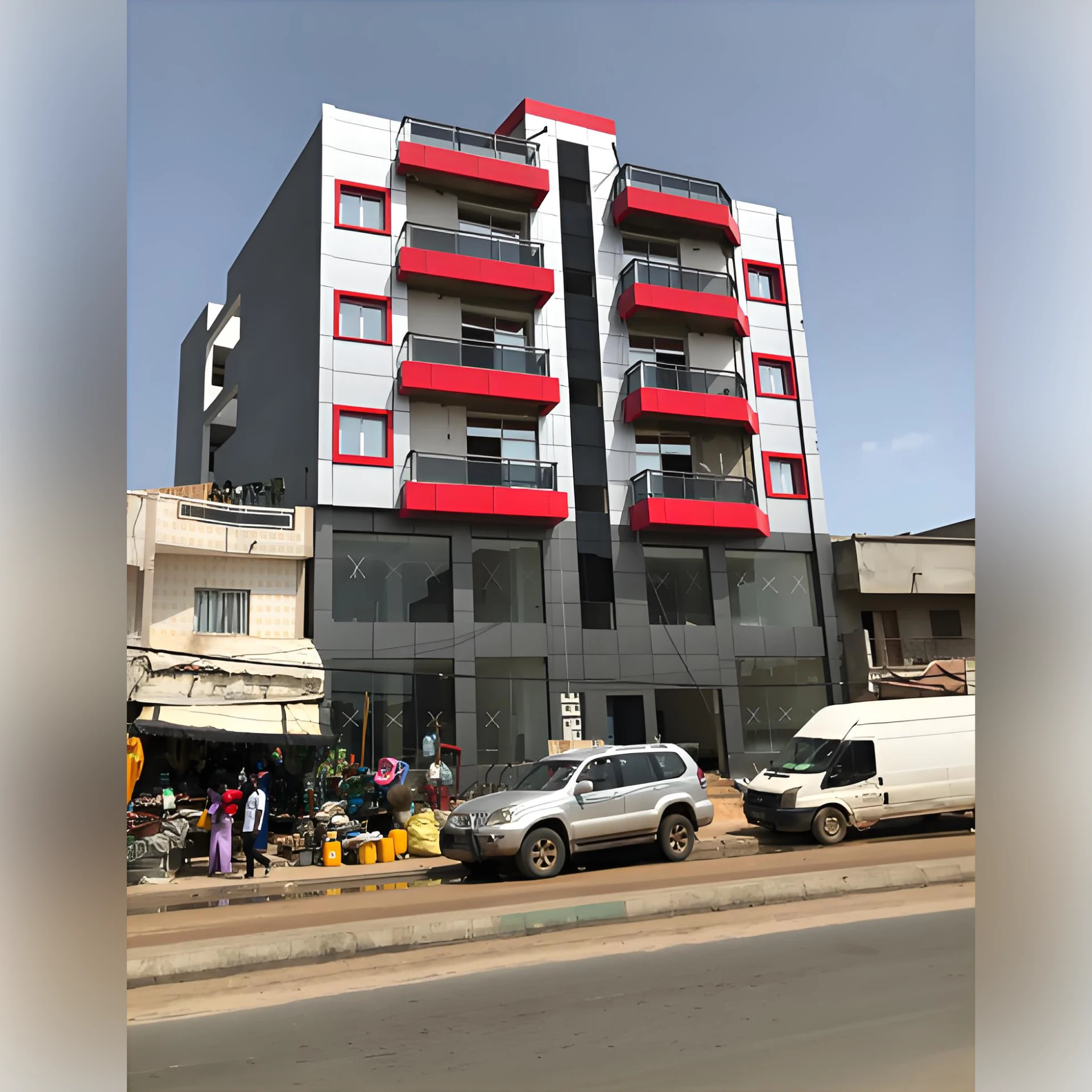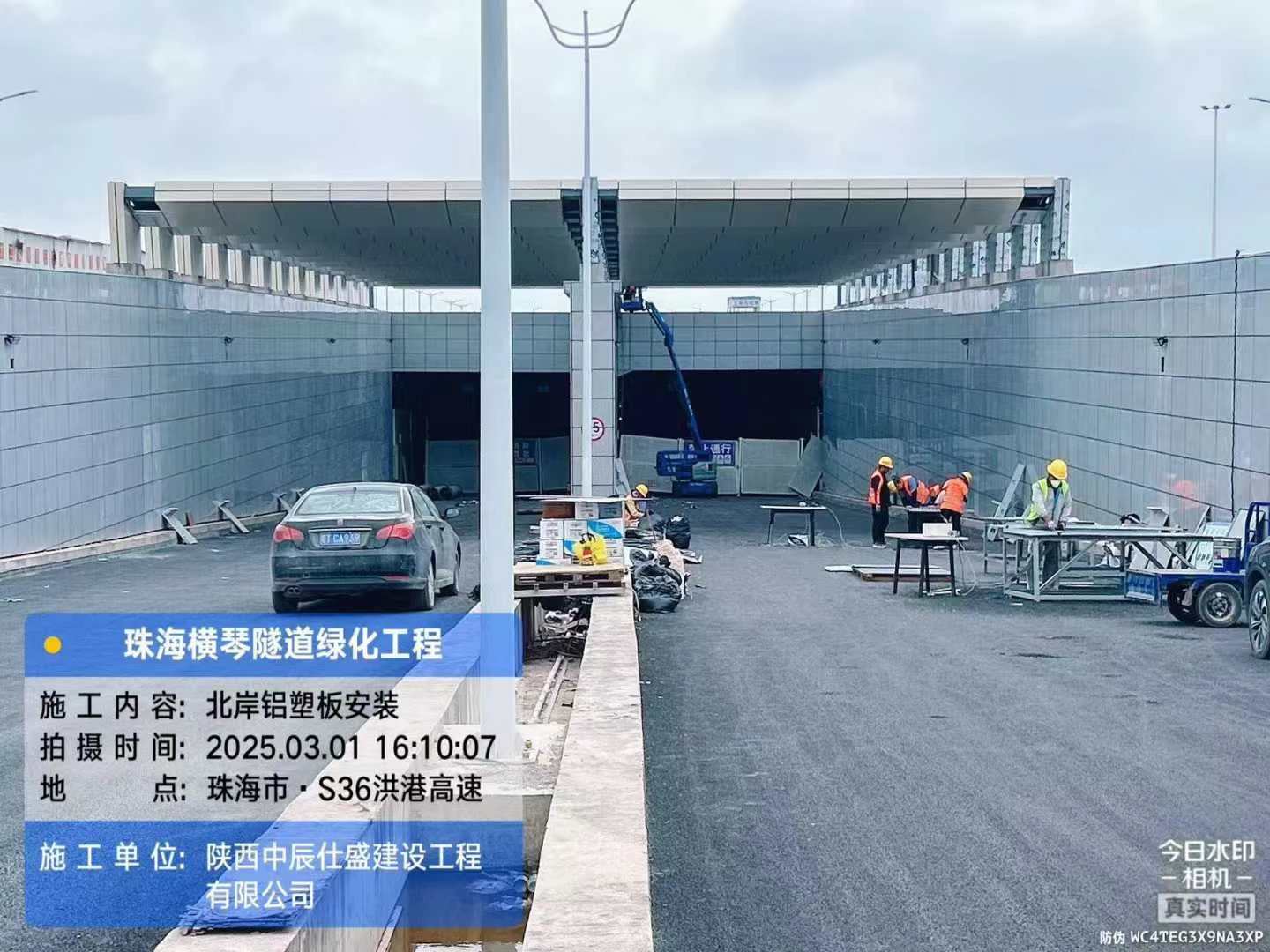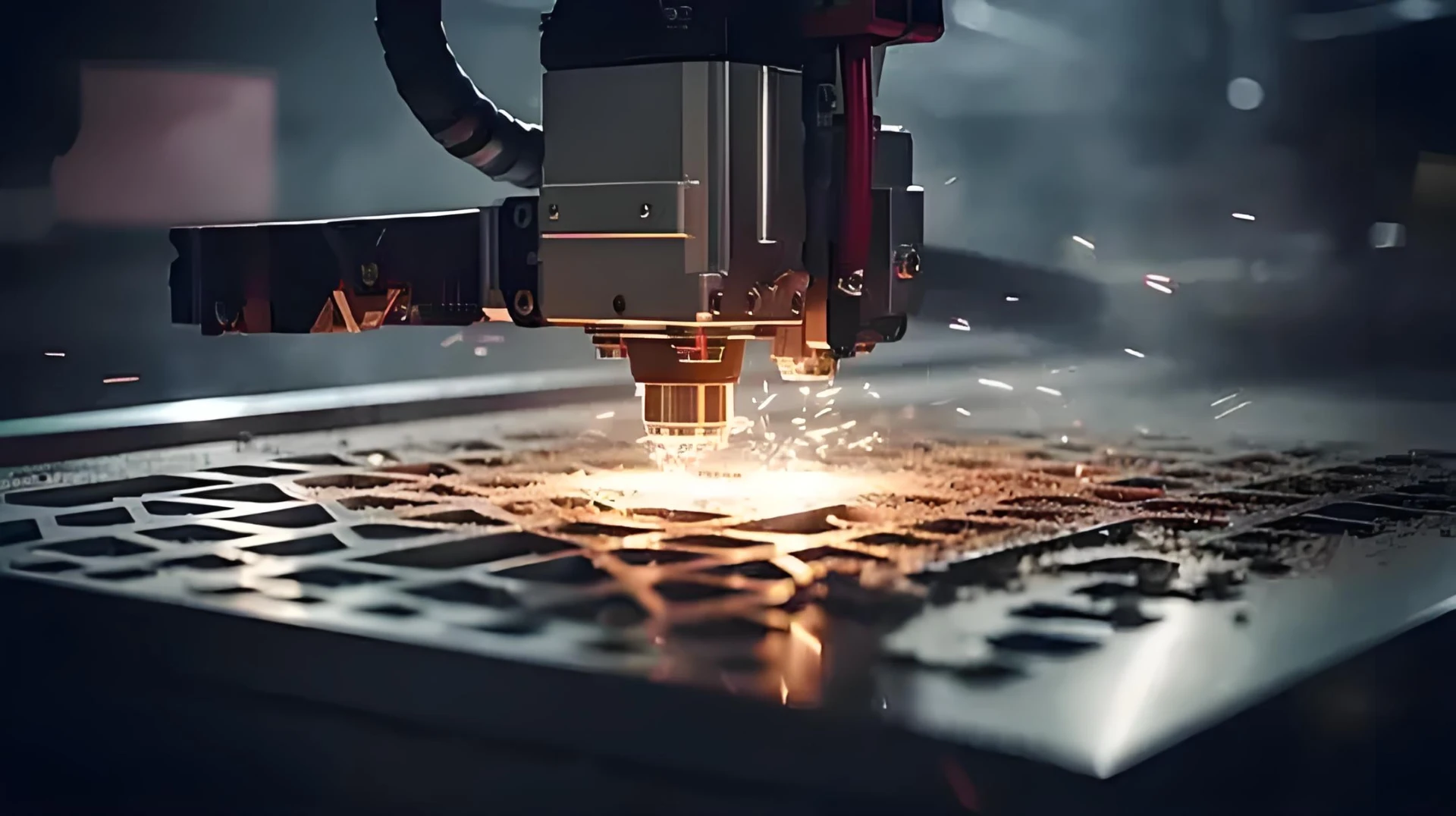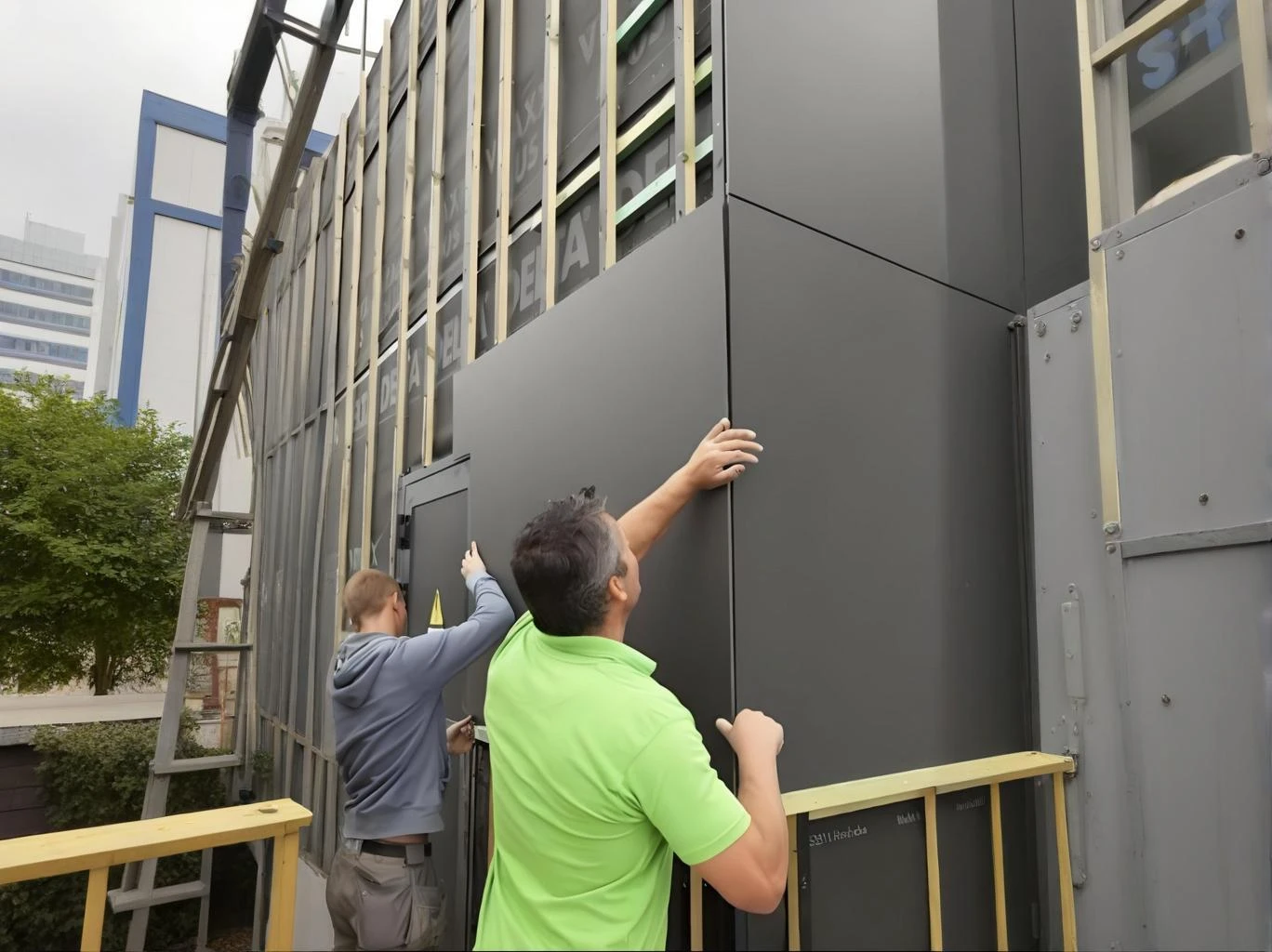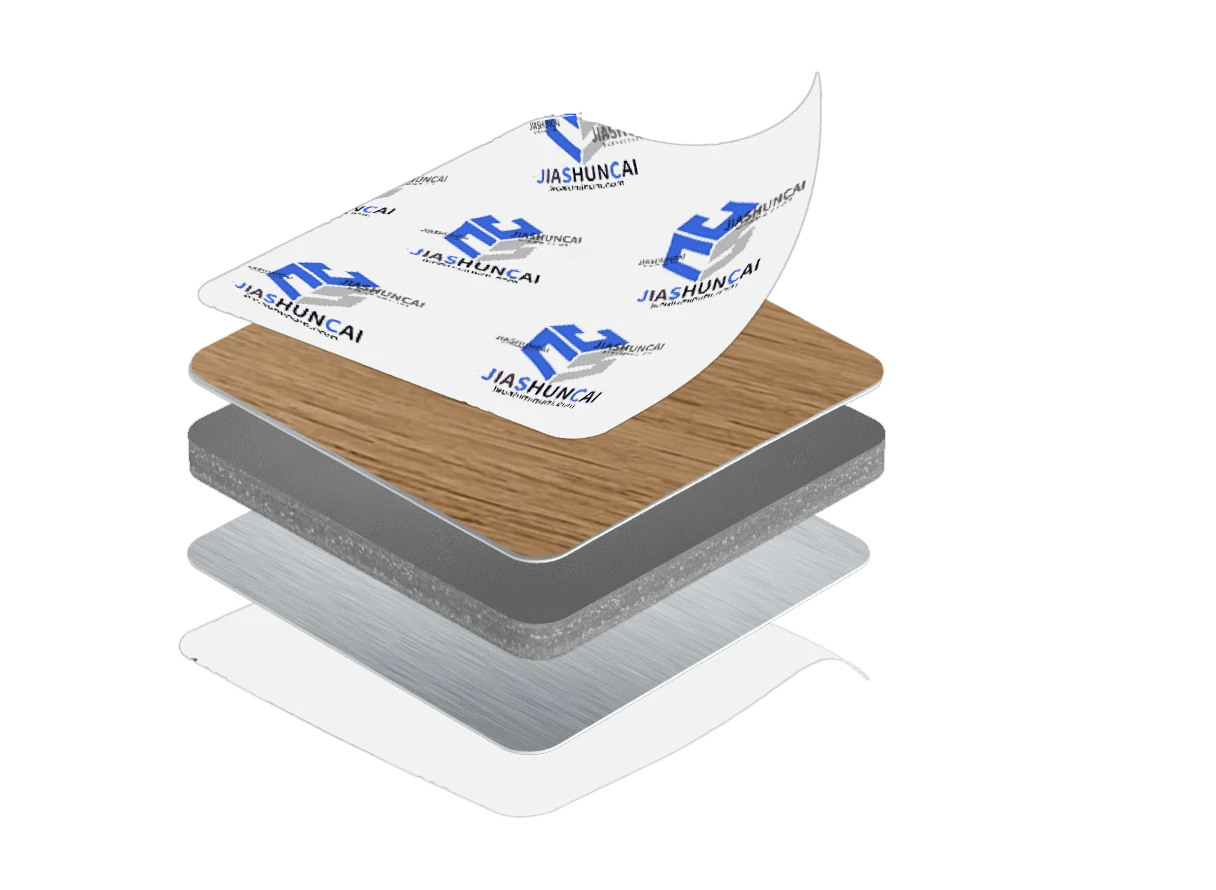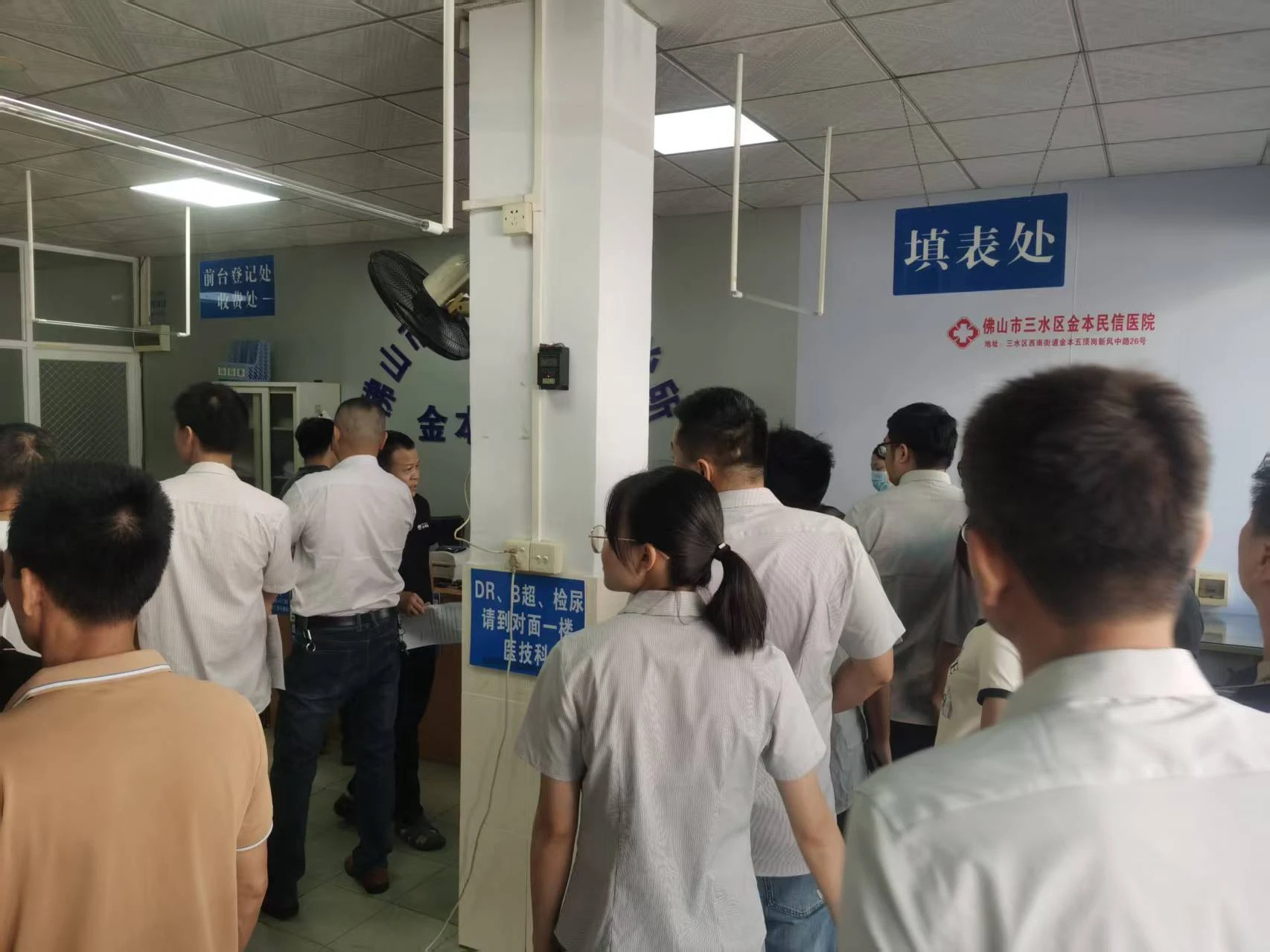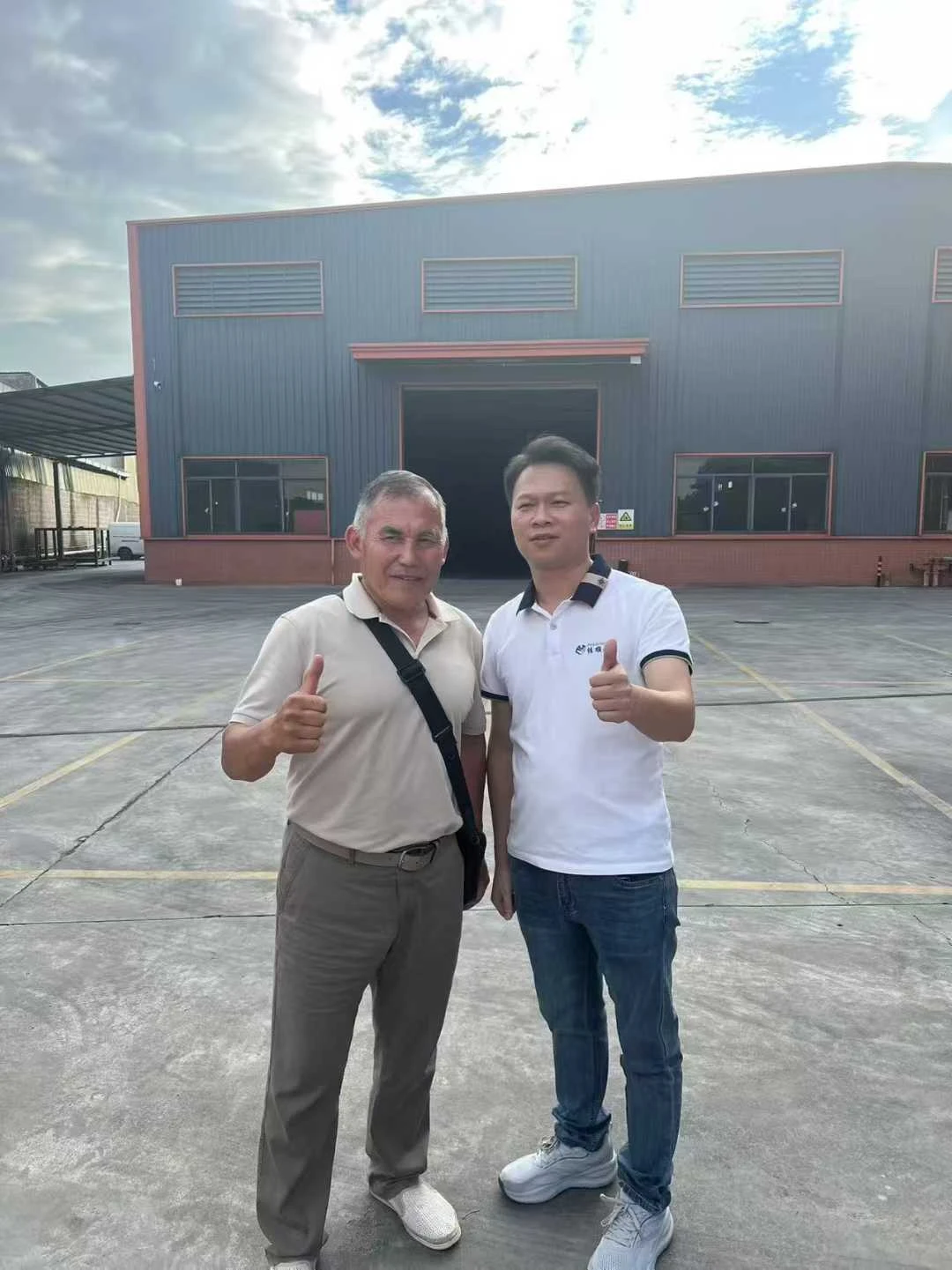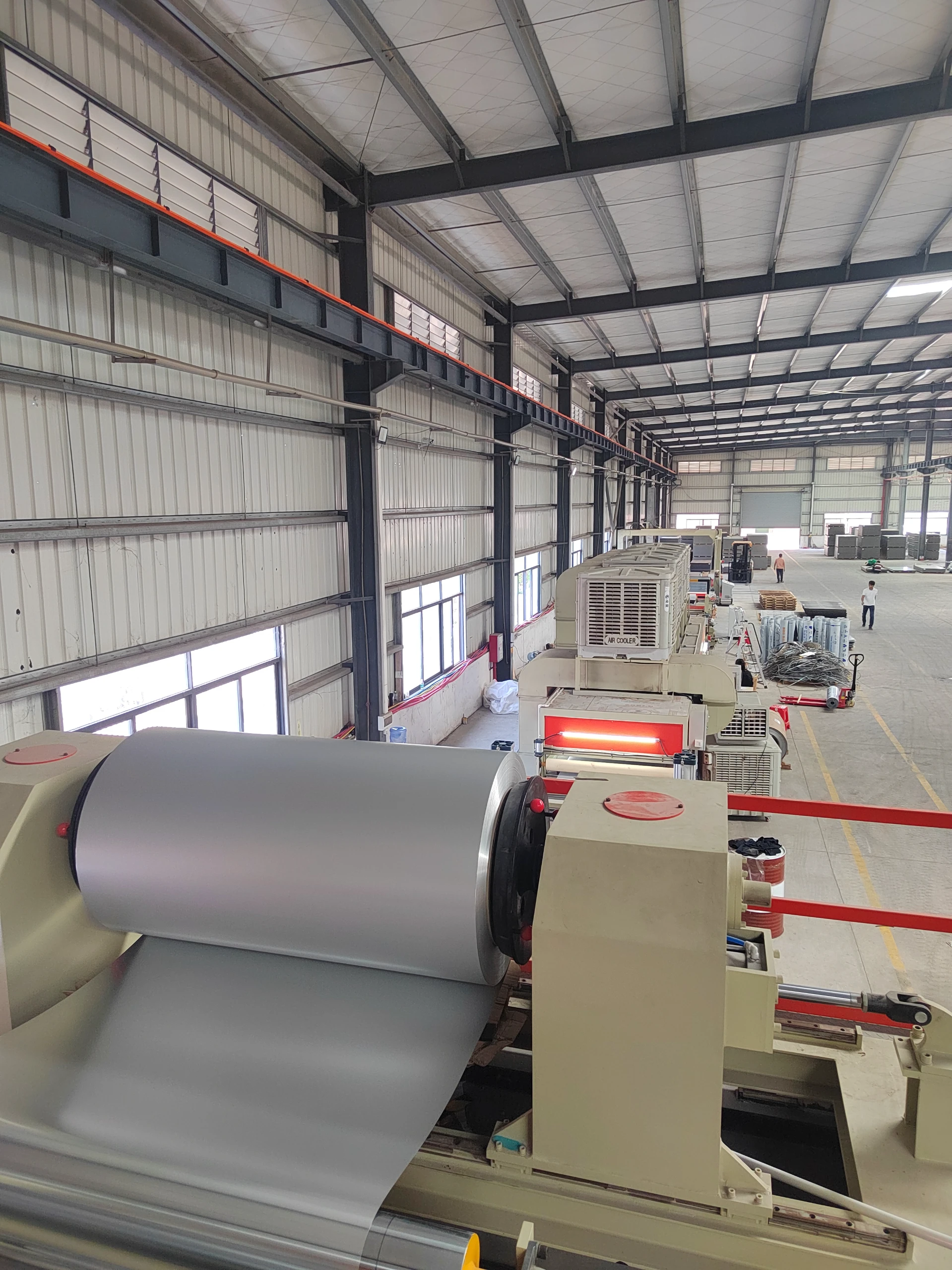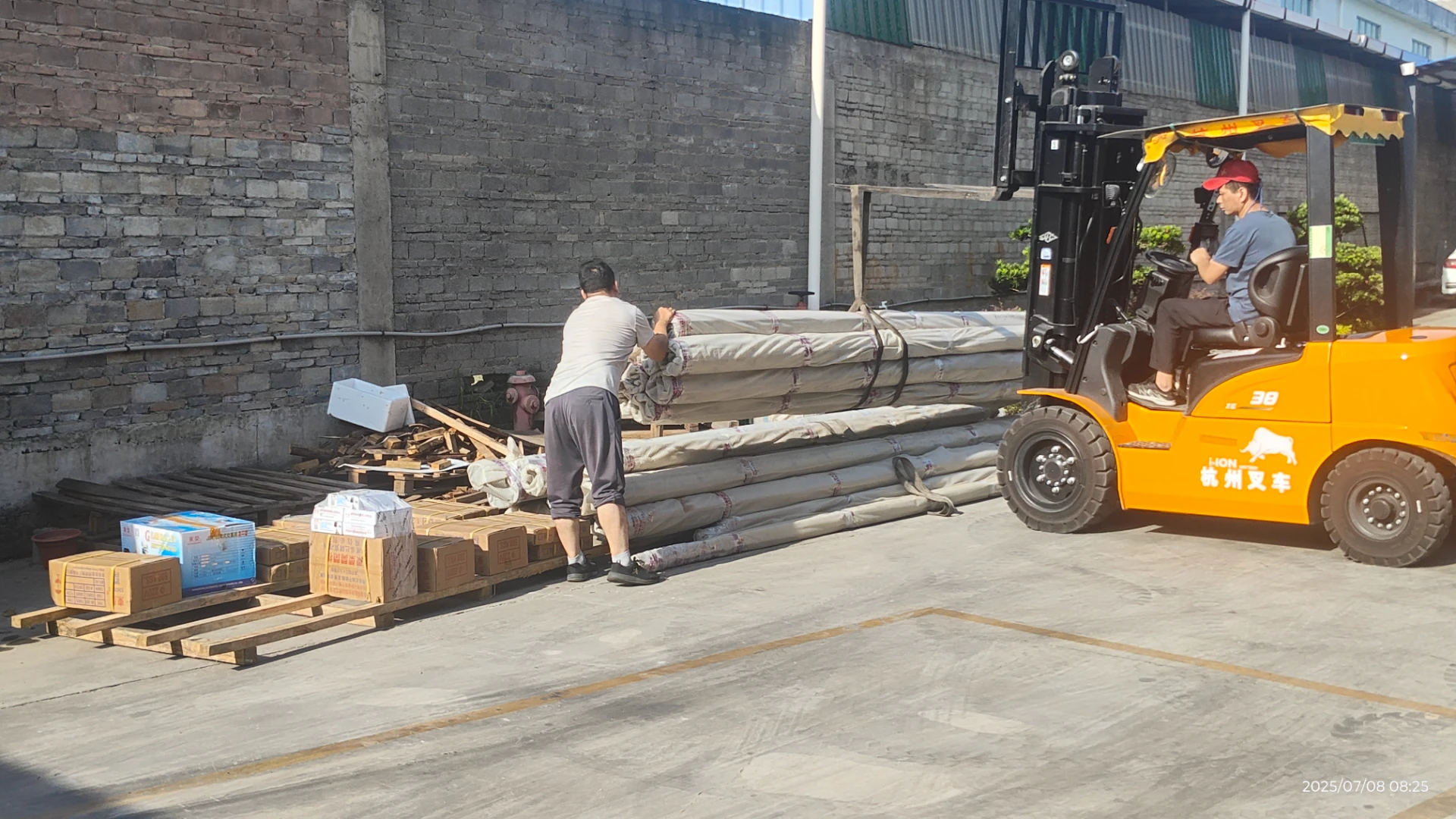The global construction and interior design market continues to evolve, with ventilated and acoustic ceiling systems gaining traction. Aluminum ceiling panels are now the preferred choice for many architects and contractors, valued for their durability, aesthetics, and innovation. This comprehensive analysis explores the current aluminum ceiling panel price landscape, technical parameters, industry applications, and the role played by Foshan Jiashuncai Building Materials Co., Ltd. in driving standards and competitiveness.
We’ll reference industry forums like BuildingTalk as well as scientific journals to ensure an authoritative, data-driven review.
This guide covers:
- Factors affecting aluminum ceiling panel price and market trends
- Technical specifications, including aluminium baffle ceiling detail
- 2024 price benchmarks, parameter comparison, and ECharts visualizations
- Application scenarios and real engineering solutions
About Foshan Jiashuncai Building Materials Co., Ltd.
I. Understanding Aluminum Ceiling Panel Price: 2024 Market Insights
The average aluminum ceiling panel price is shaped by a mix of global aluminum prices, processing costs, specifications, and market demand. In 2024, fluctuations in raw material costs and shifts toward customized architectural solutions, such as aluminium baffle ceiling detail designs, have made pricing more dynamic. The following table summarizes key pricing indicators researched from leading suppliers and construction platforms:
| Product Type |
Thickness (mm) |
Panel Size (mm) |
Finish |
Market Price (USD/m2) |
MOQ (m2) |
Remarks |
| Aluminum Clip-In Ceiling Panel |
0.5–1.2 |
600×600, 300×1200, custom |
Powder Coated, PVDF |
8–15 |
≥100 |
Standard application |
| Aluminum Lay-In Tile |
0.6–1.0 |
600×600, 600×1200 |
PVC Laminated |
6–12 |
≥150 |
Fast install |
| Aluminium Baffle Ceiling |
0.8–1.5 |
Baffle H: 50–200 |
Powder Coated |
13–22 |
≥80 |
Open linear space |
| Perforated Acoustic Panel |
0.7–1.0 |
500×500, 600×1200 |
Acoustic Felt |
10–18 |
≥100 |
Sound absorption |
| Custom Engraved Panel |
1.0–2.0 |
Custom |
PVDF / Wood Grain |
18–30 |
≥50 |
Architectural feature |
All pricing data is for general reference (latest update: June 2024). For the latest aluminum ceiling panel price quotes and customization, contact Foshan Jiashuncai Building Materials Co., Ltd. directly!
II. Main Factors Influencing Aluminum Ceiling Panel Price
A transparent understanding of the driving forces behind aluminum ceiling panel price is crucial for any stakeholder. These factors include:
- Raw Material Prices: LME aluminum trends directly impact cost. Sales reports (AlCircle Market Report) highlight significant volatility year-to-year.
- Panel Thickness & Alloy: Panels of higher thickness, or made from premium alloys (e.g., 3003, 1100 aluminum), command higher prices due to enhanced performance.
- Surface Coating: Options like PVDF and powder coating provide extra weather resistance but add to processing costs.
- Customization: Custom-engraved panels, unique dimensions, and special aluminium baffle ceiling detail all increase unit price.
- Order Quantity: Bulk orders support lower unit costs thanks to economies of scale.
- Installation Complexity: Designs demanding intricate mounting grids or engineered sound absorption requirements may involve higher specification costs.
III. Product Highlight: Machining of Composite Panels
Machining of Composite Panels is one of Foshan Jiashuncai’s signature solutions for engineering-grade interiors and exteriors.
- High-precision CNC cutting & drilling, suitable for irregular architecture.
- Multi-material compatibility, e.g., aluminum-plastic, honeycomb composite, or sound-absorbing backings.
- Available for both aesthetic and acoustic aluminum ceiling panel applications.
- Surface finishes: powder coating, wood grain, PVDF fluorocarbon, mirror, and anodized.
- Project-based customization and rapid prototyping for facade or ceiling panel installations.
Find more details and request a proposal:
www.jscaluminum.com/machining-of-composite-panels.html
Key Technical Indicators Comparison
IV. Technical Parameters: Aluminium Baffle Ceiling Detail & Specification Standards
The aluminium baffle ceiling detail determines more than appearance—it’s crucial for both acoustic performance and modularity in modern environments such as offices, airports, and commercial spaces.
- Material: Premium alloy (often 3003/H24 or 1100/H14, with a minimum 99% pure aluminum content).
- Baffle Dimensions: Height: 50–200mm, Width: 15–50mm, Length: up to 6000mm.
- Surface Finish: Powder coated, wood grain transfer, PVDF fluorocarbon; tested per architectural coating standards.
- Installation Grid: Hidden or exposed carrier system; engineered for rapid drop-in installation in T-bar ceiling or direct suspension.
- Perforation: Optional for sound absorption; customizable hole pattern and diameter (as per project acoustic design).
- Fire and Environmental: Up to B1/A2 fire rating, RoHS compliance, and certified for zero formaldehyde emissions (source: EN 13964 standard).
V. Application Scenarios: From Architecture to Commercial Spaces
With their clean lines, precision surfaces, and advanced technical credentials, modern aluminum ceiling panels are the default choice for:
- Corporate office ceilings and executive lobbies
- Shopping mall and airport concourses
- Educational institution innovation hubs
- Hospitals and healthcare facilities (for hygienic, anti-bacterial, easy-clean surfaces)
- Retail, exhibition, and showroom installations requiring flexible lighting integration
- Public transportation stations and infrastructure upgrades
The adoption of aluminum ceiling panel price-optimized solutions ensures the right balance between cost, durability, and sustainable design.
VI. Expert FAQ: Technical Terms on Aluminum Ceiling Panels
- 1. What are the common alloys used for aluminum ceiling panels?
- 3003-H24 and 1100-H14 are the predominant aluminum alloys, prized for their corrosion resistance, forming ability, and strength suitable for ceilings. (ScienceDirect)
- 2. How do thickness and panel size affect both strength and aluminum ceiling panel price?
- Thicker panels (0.7mm and above) or larger sizes (>1200mm) require more raw material and structural support, increasing both mechanical load capacity and price.
- 3. What's the standard installation for aluminium baffle ceiling detail?
- Typically, an aluminium baffle ceiling uses a concealed or exposed carrier suspension system, drop-in or hook-on mounting, enabling modularity and fast site installation.
- 4. How is the fire rating classified?
- Panels are rated under GB8624 (China), EN13501 (EU), or ASTM standards. Most premium panels reach A2 (non-combustible) or B1 (fire retardant).
- 5. Why choose PVDF coating over powder coating?
- PVDF fluorocarbon coatings offer superior weather and chemical resistance, maintaining gloss and color for 20+ years—ideal for exterior ceilings or harsh environments.
- 6. What is the Noise Reduction Coefficient (NRC) of an acoustic aluminum ceiling panel?
- Well-designed perforated panels with acoustic felt backings can achieve NRC values between 0.70 to 0.85, effectively reducing reverberation.
- 7. Are custom engravings and patterns possible?
- Yes, via CNC machining or laser cutting technology, custom patterns can be realized, supporting creative architectural ceilings and branding elements. (Autodesk Redshift)
VII. Why Choose Foshan Jiashuncai for Your Ceiling Solution?
- 20+ years’ expertise: Trusted by leading architects and contractors worldwide
- Full-cycle support: Design consultation, CNC precision, on-time delivery
- State-of-the-art facility: Advanced lines for Machining of Composite Panels and finishing
- Excellent quality system: ISO9001 certification, consistent inspection, and test reporting
- Competitive aluminum ceiling panel price: Direct from manufacturer, flexible MOQ, tailored for both project and wholesale supply
- Professional after-sales and global logistics coordination
VIII. Summary & Further Reading
The landscape of aluminum ceiling panel price in 2024 is complex, with market volatility underpinned by innovation in alloy composition, machining technology, and performance design (especially for aluminium baffle ceiling detail). Seeking added value and project support from established manufacturers like Foshan Jiashuncai Building Materials Co., Ltd. remains the most reliable path for contractors and architects alike.
References & Further Reading:
-
"Aluminium Suspended Ceiling Market 2024 Analysis," BuildingTalk
-
"Analysis of Ceiling System Safety per EN13964," ResearchGate
-
"Current advances in aluminium composite panels for architecture," ScienceDirect
-
"Aluminium Market 2024 Report," AlCircle
-
"CNC Fabrication and Architectural Ceiling Design," Autodesk Redshift

